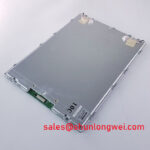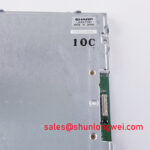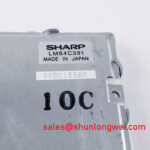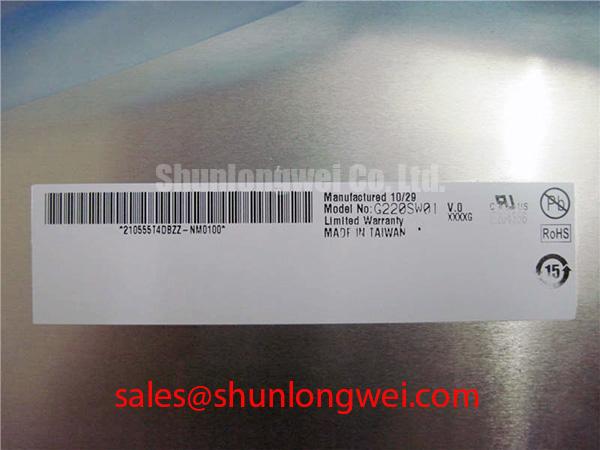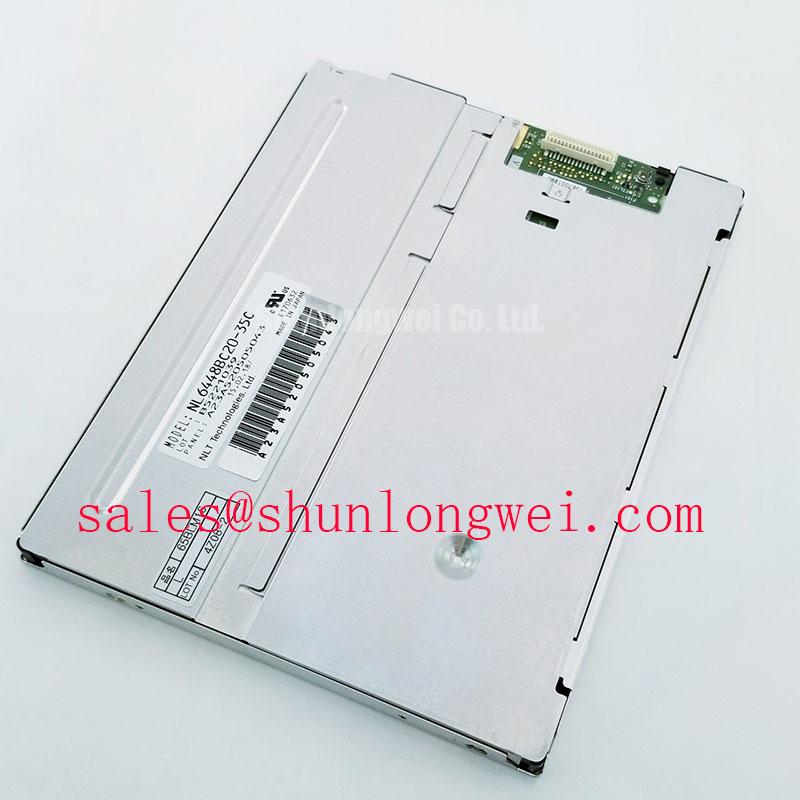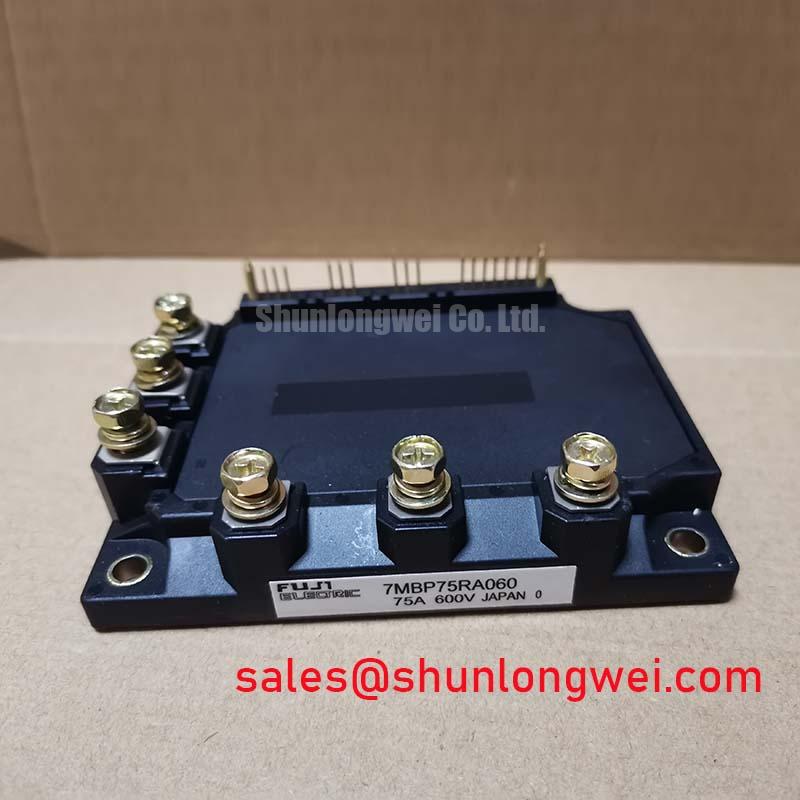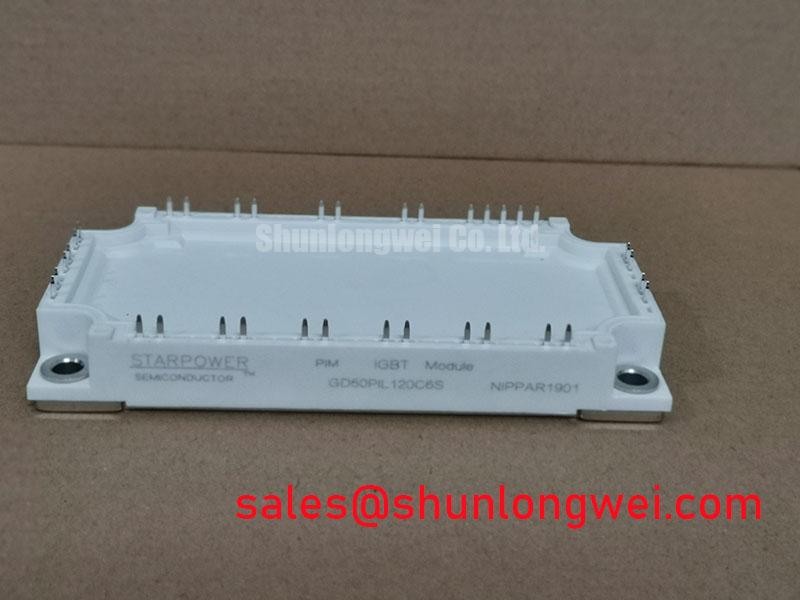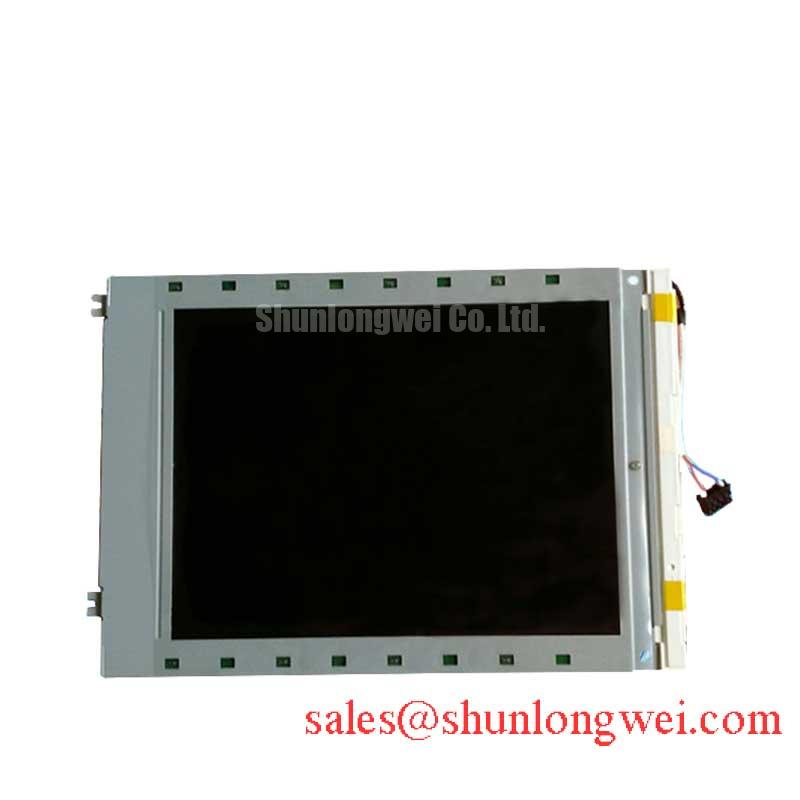Sharp LM64C391 FSTN LCD: A Robust 640x480 Display Module
Engineered for Longevity in Industrial and Medical Systems
For systems where long-term reliability is the primary design driver, the Sharp LM64C391 FSTN LCD module provides a durable and clear visual interface. This display is architected to address the challenge of maintaining legacy equipment, offering a stable solution where modern displays may not be suitable. Key specifications include: 640x480 VGA Resolution | 18:1 Contrast Ratio | 50,000-Hour CCFL Backlight. Its primary benefits are sustained operational life and excellent textual clarity. For engineers questioning its suitability for established industrial environments, its specified 0 to +45°C operating range ensures dependable performance in controlled factory and laboratory settings.
Sustaining Legacy Systems: The Strategic Value of the LM64C391
In an industrial landscape focused on uptime and lifecycle management, sourcing components for established machinery presents a significant challenge. The LM64C391 is designed to fill this critical gap. Its VGA resolution and parallel data interface were standards for a vast range of equipment, from CNC controllers to medical diagnostic machines. By providing a form-fit-function display solution, it enables the extension of a system’s service life, deferring the high capital expenditure and complex requalification processes associated with complete system replacement. This strategic focus on backward compatibility is crucial for maintaining operational continuity and maximizing the return on investment in long-serving industrial assets.
Field-Proven Performance: The LM64C391 in Action
The design principles of the Sharp LM64C391 are validated in its long history of deployment across various demanding sectors. Consider a scenario in a medical analysis laboratory, where a diagnostic machine has been in service for over a decade. The original display begins to fail, showing diminished brightness and poor contrast, jeopardizing the accurate reading of critical data. Replacing the entire machine is cost-prohibitive and requires extensive re-validation. The LM64C391 serves as a direct replacement component, restoring the human-machine interface to its original specifications. The installation is straightforward due to its standardized mechanical and electrical interfaces, immediately bringing the equipment back online with minimal downtime and preserving the integrity of the established workflow.
Engineering for Longevity: A Closer Look at the LM64C391
The resilience of the LM64C391 is not accidental; it is a result of specific design choices centered on mechanical and operational durability. The module's construction provides a stable platform for the FSTN (Film-compensated Super-twisted Nematic) liquid crystal, which is known for its high contrast and wide viewing characteristics in monochrome applications.
CCFL Backlight System
A core element contributing to the module's extended service life is its Cold Cathode Fluorescent Lamp (CCFL) backlight. What is the primary benefit of its long-rated life? It directly translates to a lower total cost of ownership by minimizing maintenance interventions. The typical 50,000-hour rating to half-brightness ensures that the display remains readable for years of continuous or intermittent operation. This is a critical factor for equipment intended to operate reliably over a long depreciation period.
Contrast and Readability
The specified typical contrast ratio of 18:1 is a key performance metric for a monochrome display. This parameter can be understood like the clarity of text on printed paper; a higher ratio means a sharper distinction between the activated pixels (black) and the background (white). This ensures that alphanumeric data, waveforms, and simple graphics are unambiguous and easily interpreted by operators, reducing the potential for human error in critical monitoring tasks. For a deeper understanding of display technologies, explore The Ultimate Guide to TFT-LCD.
Deployment Scenarios for Long-Term Readability and Reliability
The technical attributes of the Sharp LM64C391 translate directly into value for specific industrial and technical applications where data clarity and operational endurance are paramount.
- Industrial Human-Machine Interfaces (HMIs): Installed in manufacturing control panels and process automation systems, its clear, high-contrast display provides operators with vital machine status and production data.
- Test and Measurement Equipment: Used in oscilloscopes, spectrum analyzers, and other benchtop instruments, where precise numerical and graphical data must be presented without ambiguity.
- Medical Monitoring Systems: Integrated into patient monitoring devices and diagnostic equipment that operate within controlled indoor environments and demand high reliability over many years.
- Point-of-Sale (POS) Terminals: Deployed in legacy retail systems that require a simple, durable display for transaction information.
For legacy medical or industrial systems operating within a 0-45°C range, the LM64C391's 18:1 contrast ratio provides optimal data legibility.
LM64C391 Core Specifications at a Glance
The following table highlights the key performance indicators of the LM64C391, based on the manufacturer's documentation. Download the Datasheet for complete specifications.
| Parameter | Specification |
|---|---|
| Display Technology | FSTN (Film-compensated STN) Monochrome LCD |
| Resolution | 640 x 480 Pixels (VGA) |
| Active Display Area | 196.8(W) x 110.0(H) mm |
| Typical Contrast Ratio | 18:1 |
| Backlight System | 1x CCFL with an estimated 50,000-hour lifetime |
| Operating Temperature Range | 0°C to +45°C |
Data-Informed Evaluation: Technical Considerations
When evaluating the LM64C391 for an application, engineers must consider its specific technical framework. This display utilizes a parallel data interface, which is common in legacy systems but differs from modern serial interfaces like LVDS. The design documentation provides detailed timing diagrams and pinout configurations necessary for successful integration. Its power requirements include separate logic and backlight inverter supply voltages, a standard architecture for CCFL-based modules. For projects requiring different resolutions or color capabilities, the LQ064V3DG06, a color TFT-LCD module, presents an alternative set of features for consideration. The decision-making process is a balance between maintaining compatibility with existing hardware and meeting the visual requirements of the application, a topic further explored in our guide on Industrial vs. Consumer Displays.
Frequently Asked Questions
The most common failure mode over its extended life is the gradual dimming of the CCFL backlight. The display itself remains functional, but readability decreases. The backlight is a replaceable component, allowing for refurbishment of the module to extend its operational life further.
No. The specified operating temperature range of 0°C to +45°C and its construction are intended for controlled, indoor environments such as factory floors, laboratories, and control rooms. It is not designed to withstand direct sunlight, moisture, or extreme temperature fluctuations found outdoors.
The module requires parallel data signals (typically 4-bit), horizontal and vertical synchronization signals (HSYNC, VSYNC), a dot clock signal (CLK), and power supply lines for both the logic circuitry and the separate CCFL inverter.
FSTN, or Film-compensated STN, adds a polymer film layer to the display stack. This film corrects for color dispersion, resulting in a more purely black-and-white image compared to the blue or yellow tint often seen in standard STN displays. This enhances the contrast and viewing angle, making it superior for data-centric applications.
Future-Proofing Through Strategic Maintenance
Integrating the Sharp LM64C391 is a strategic decision to ensure the continued performance of valuable, long-serving equipment. By focusing on components designed for durability and backward compatibility, engineering and procurement teams can build a robust maintenance strategy that maximizes system uptime and defers costly, disruptive upgrades. This approach prioritizes operational stability, ensuring that critical industrial and medical infrastructure remains productive and reliable for its full intended lifecycle.









